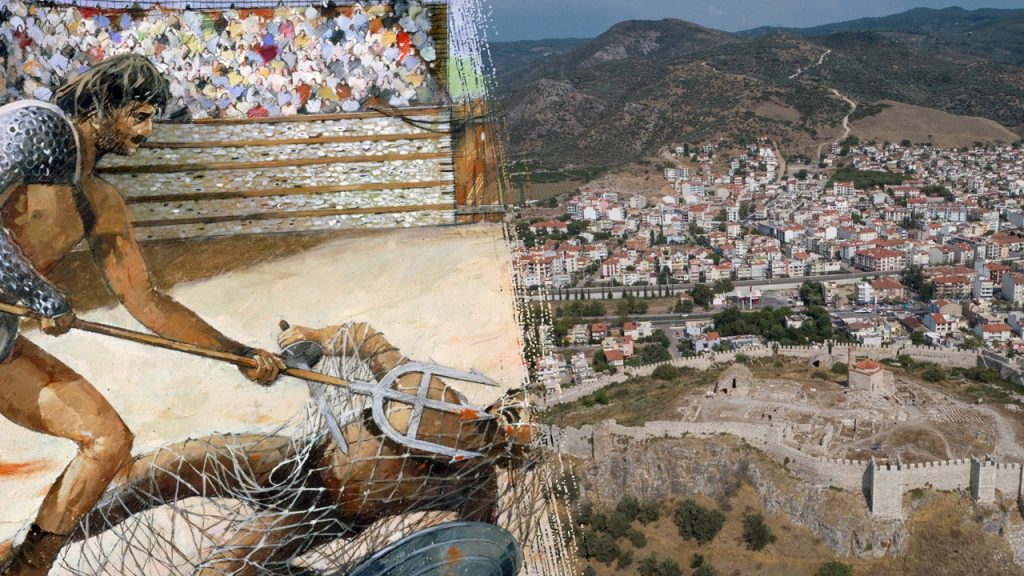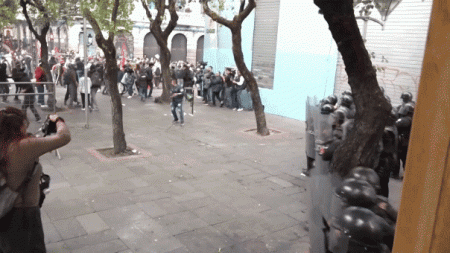A team of archaeologists in Turkey discovered the tomb of a Roman gladiator dating back to the third century B.C., containing the remains of 12 individuals. The tomb was found during the excavation of St. John Monument in Selcuk, Izmir, Turkey, authorized by the Ministry of Culture and Tourism and led by associate professor Sinan Mimaroglu. It was determined that the tomb was reused in the fifth century A.D. to hold the remains of the 12 men and women. Tombs similar to the one belonging to the Roman gladiator, named Euphrates, have been found in other locations in Turkey and Syria.
Gladiators in ancient Rome were professional fighters who engaged in battles in front of crowded arenas. Many early gladiators were enslaved or criminals, though voluntary participation also became common as the popularity of the battles grew. Gladiators would engage in one-on-one combat under the supervision of a referee. While early battles often ended in death, as the games continued, this became less common due to the expensive training and cost of replacing fighters. Historians estimate that around one in five or one in 10 battles ended in the death of a combatant, and many gladiators only lived to their mid-20s.
Inside the tomb, crosses were carved into the walls dating back to the fifth century, with additional carvings on the lid from the seventh and eighth centuries. Not much is known about the 12 individuals buried inside, but it is believed they came from an upper-class background. The significance of this finding includes providing researchers with more knowledge of ancient Ephesus and burial practices. Similar tombs have been found in other locations, shedding light on the practices of the time and the individuals buried within them.
The Hoxne Hoard is the largest collection of Roman treasure found in Britain, with 4,000 items. The Staffordshire Hoard is the largest collection of its kind in history, containing a vast array of items. These hoards provide insight into the daily lives, beliefs, and wealth of the people from the Roman period. As researchers continue to uncover such artifacts and tombs, they gain a deeper understanding of the civilizations and practices of ancient times.
The discovery of the tomb of a Roman gladiator in Turkey adds to the growing body of archaeological evidence that sheds light on the lives, practices, and beliefs of ancient civilizations. The excavation of such sites not only provides valuable information for researchers but also helps in preserving and protecting cultural heritage. Through these discoveries, we are able to piece together the rich tapestry of history and gain a better understanding of the past. The finding of the tomb in Selcuk, Izmir is just one piece in the puzzle of uncovering the mysteries of ancient civilizations.













